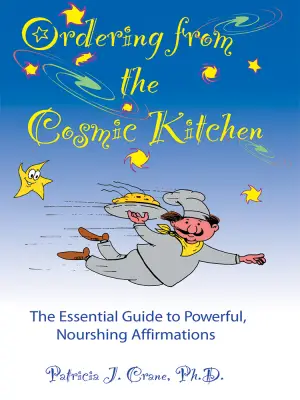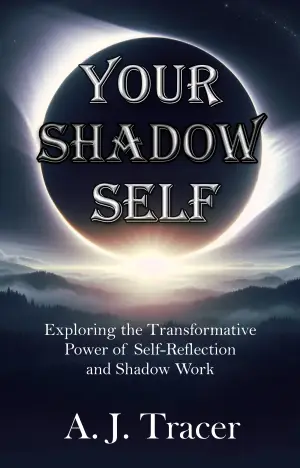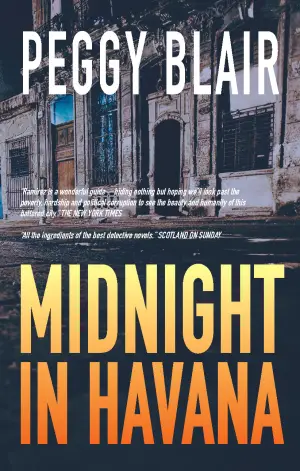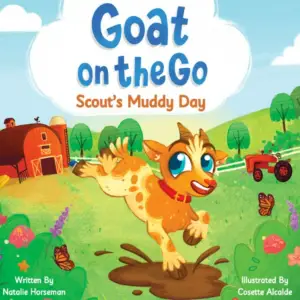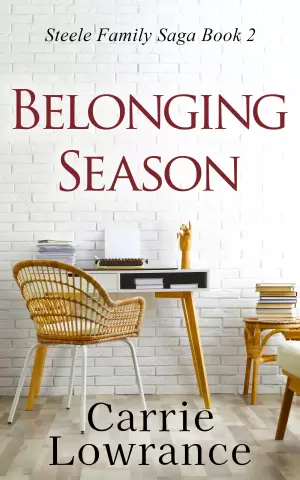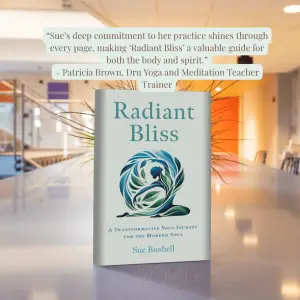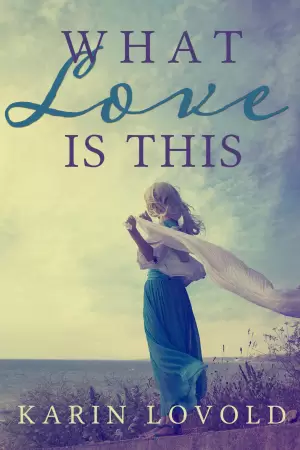A Deep Dive into The Catcher in the Rye: Reliving Youth’s Complexity
There’s a certain magic in discovering The Catcher in the Rye by J.D. Salinger. Having heard countless discussions around its themes of alienation and the struggles of adolescence, I finally took the plunge to meet Holden Caulfield, a character who feels both exquisitely familiar and profoundly distant. It seemed fitting to revisit a novel touted as a classic, not just to relive the pangs of youth but to grapple with the complexities Salinger wove so effortlessly into his narrative.
Holden Caulfield, the novel’s enigmatic protagonist, is a patchwork of contradictions—a sixteen-year-old fleeing the confines of adulthood while desperately trying to make sense of it. His journey through New York City after being expelled from Pencey Prep serves as a microcosm of adolescent turmoil. As he navigates the bustling streets, we witness his longing for authenticity amidst a world he perceives as overwhelmingly "phony." Throughout the pages, his voice resonates with a raw, unfiltered honesty, allowing readers to engage with a deeply relatable—and at times uncomfortable—portrait of teenage angst.
Salinger’s writing style is introspective yet vivid, capturing Holden’s colloquial speech with striking authenticity. Phrases like “phony” and “crumby” come alive in his narration, providing a nostalgic feel reminiscent of both languid teenage summers and tumultuous inner battles. The evocative imagery calls to mind not only the physicality of New York City—the noise, the lights, the people—but also the stark loneliness that can envelop a young person even in a crowded space.
One moment that struck me profoundly was when Holden describes his fantasy of being "the catcher in the rye," standing at the edge of a cliff, ready to catch children before they fall. This metaphor encapsulates the heartbreaking desire to preserve innocence, not just in others but within himself. As a reader, I found myself reflecting on the universal struggle between childhood’s simplicity and the complexities of the adult world, a sentiment echoed in many reviews I perused. One reader articulated it beautifully when they expressed that Holden represents the "transition from child to adulthood," capturing the essence of this timeless narrative.
However, I cannot overlook the mixed responses surrounding the book’s pacing and characters. Some reviewers lamented the seemingly aimless plot and Holden’s sometimes irritating demeanor. But isn’t that the beauty of Salinger’s work? Life itself can feel disjointed and chaotic, and often, we don’t have neat resolutions to our emotional crises. This lack of structure in Holden’s journey mirrors our own quests for meaning, making the experience all the more relatable.
For those who have battled with their identity, feeling out of place, or simply wish to revisit the tumult of teenage life, this book is a treasure trove of insight. Salinger’s voice, dissecting the painful yet beautiful experiences of adolescence, makes The Catcher in the Rye a poignant read for all ages. Whether you embrace or critique it, the novel undeniably lingers in your mind long after turning the last page, leaving you with questions that resurface time and again in life.
In conclusion, if you’re looking for a narrative that captures the essence of youthful rebellion, exploration, and existential inquiry, dive into Holden’s world. It might just mirror your own journey of growing up, finding beauty in its complexities and messiness.



